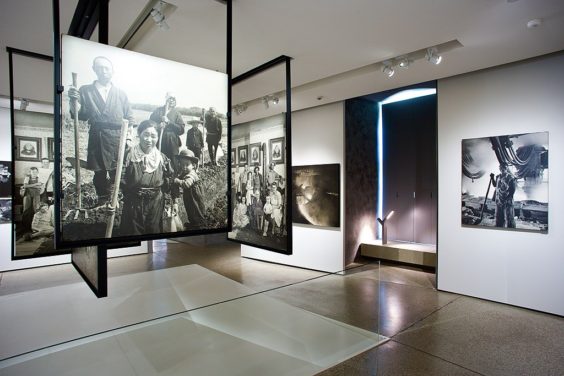
The arrival of the iPhone as a video camera has caused a great deal of discussion and no small amount of dissent amongst videographers, particularly in the news business.
News shooters were used to carrying around massive cameras, perched on their shoulders and the very idea of shooting ‘professional’ news stories with what, for all intents and purposes, looks like a toy (and one that everyone else has, by the way), has engendered no small amount of angst.
There are those who will concede that they might use a phone, in a pinch, if they had nothing else.
There are many news stations now that are, in fact, using both phones and MMJs to shoot and capture news stories, – mostly local – but they use the phones all wrong – as do the ‘professionals’. They work the way they have always worked and they produce stories that look like they have always looked. This is wrong.
The iPhone as a video camera is not simply a smaller camera. It is something else entirely, and it should be used in an entirely different way. Used properly, it has the power to create an entirely different kind of television or video news story. But it means working, and thinking, in a new and very different way.
In the world of still photography, and more significantly, in the world of still photo journalism, large format cameras were used for years, because they were the only tools available. These early still photography cameras were large and bulky, and initially shot on single pieces of sheet film. This meant that, for the most part, the cameras had to be placed on tripods and that the photographer got only one shot, which had to work.
Because it often took so long to compose a shot, the subjects were made to stand rigid (the exposure times were long) – and the shots were quite formal.
This is a photograph of Colonel Archibald Gracie, a survivor of the Titanic, taken in 1912. Stiff, formal – a function of the limitation of the camera – and he looks just like a network TV news anchor delivering the nightly news, or some interview subject on 60 Minutes.
The invention of the Leica camera in the 1930s, (along with 35mm Agfa film on rolls of film) opened the door to a completely different kind of photo journalism. Now, for the first time, photographers were able to be freed from the heavy gear and go entirely hand held.
There were those then as now who complained about the bad technical quality of such small negatives on 35mm film, but the change was palpable in terms of the images and the power they transmitted. The difference was one of intimacy. Photo journalists like Cartier Bresson or W Eugene Smith began to use the cameras in a different way – to capture not images or events, but rather emotions – both the emotions of the subject, and if they were really good, their own emotions.
T
his is an entirely different kind of photo journalism, and one that was only made possible because the Leica was a small, hand-held camera, and the photographer became unobtrusive and almost invisible. But that alone was not enough to engender a new kind of photo journalism. The photographer also had to work in a different way; to relate to the subject in a different way, but also to think about photography itself in a different way. The Leica became a tool not just to capture an image, but also to capture an emotion.
Painting underwent the same kind of transformative event in the 1950s. Photography had rendered painting, as an exercise to exactly reproduce images on canvas, pointless. Photographs did it better and far faster. This opened the door for a different kind of art – one that was impressionistic – one that sought not to reproduce what one saw, but rather what both the subjects and the artist felt.
Picasso’s masterpiece, Guernica depicts the bombing of the Spanish city, but what he really captures and transmits is the pain, both of the villagers but also his own pain at what has happened. His artwork transmits the emotions to the viewer. Picasso forbade the painting from being shown in Spain until there was a democratic government, and so it hung in the Museum of Modern Art in New York until 1981, when Spain was restored to democracy.
The same Museum of Modern Art, in 1955, opened a photographic exhibition called The Family of Man. It was a collection of 503 photographs from 68 countries and it was the official elevation of photo journalism from a reproductive craft to an art form. This was due to the Leica more than anything else. The Leica allowed the photographer to capture both images but also emotion.
What the Leica did for photography in the 1950s, the iPhone can now do for Video Journalism in the 2020’s – that is, create an entirely new kind of television or video journalism – one that is far more intimate, far more powerful.
When we run our bootcamps, we tell the participants not to just point the phone at a subject and record, but rather to seek to feel, not just how the subject feels, but also how they feel, and use the phone to capture and later transmit most just images, but also emotions.
It can be done, but it requires thinking and working in an entirely different way.
But when it works, it really works.
If you found this interesting, please check out my newest book THE RISE OF THE MEDIAVERSE.





